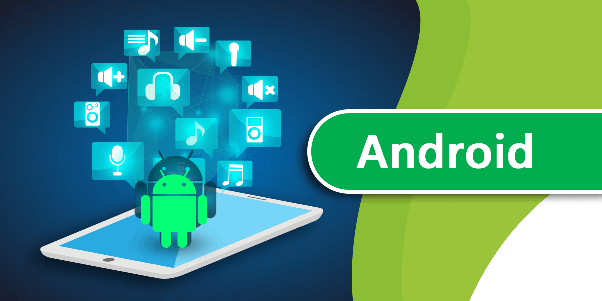Learning how to develop an Android app can be a daunting task, but it can open up many possibilities. You can create the following “success apps” to change the way you work and interact. You can develop tools that you can use to improve your workflow. Or you may have learned new skills that make it a great job!
In any case, learning to develop an Android app may not be as difficult as you might think, as long as you understand what the various moving parts are for and have a roadmap to guide you through. .. This post is the roadmap!
Get all the latest information on Android development
Step 1: Download the tools needed to develop Android applications
First, you need to create a development environment so that your desktop can support your android app development goals. To do this, you need Android Studio and the Android SDK. Fortunately, both are bundled together in a single download that you can find here.
Android Studio is an IDE. This stands for “Integrated Development Environment” and is basically an interface where you can enter code (mainly Java or Kotlin) and access all the various tools you need for a web development company. Android Studio gives you access to libraries and APIs from the Android SDK, giving you access to native operating system features. You can also use Gradle to embed your app in an APK, test it through a “virtual device” (emulator), and debug your code while it’s running.
However, keep in mind that there are other options available for developing Android apps.
Step 2: Start a new project
After installing Android Studio on your machine, the next step is to start a new project. This is a simple process, but you need to make some decisions that will affect your future Best Android app developer.
Go to File> New> New Project. You must select a “Project Template”. Specifies the code and interface elements that will be added when a new application is loaded.
The word “activity” refers to the “screen” of the application. Therefore, the “idle” project is completely empty, except for the basic file structure. On the other hand, “Basic Activity” creates the application’s home screen, adds a button at the bottom, and adds a hamburger menu at the top. This is a common element in many Android applications, which can save you time.
However, there is a risk that things will get complicated when you start to app development company them. Therefore, select “Empty activity”. This will create an activity and some files, but not a lot of additional code.
Step 3: Familiarize yourself
I remember the first time I tried to be a cab booking app noida. I load Android Studio and I really enjoy what I see. Lots of different files, lots of code types, folders, and more! This world is not the only empty file commonly used to work with Python or QBasic (does anyone remember QBasic ??).
It might be a little scary, but here’s what you need to know.
The open file is MainActivity.java or MainActivity.kt. This is the main logic file for the activity that will determine how your application works. Look to the left, and you will see that this file is found in: MyApplication> app> src> main> java> com> company name> my application.
The folders used are important for Android application development, as they help Android Studio and Gradle find everything and build it properly (longer in Gradle).
Step 4: Test the application
The first thing you need to do when you are familiar with any new programming language is to create an application that says “Hello World”. Fortunately, this is very easy in this case, because the code is already here! If you look at XML, there is a small tag that just says: Hello World! If you look at the controls along with the top, look for a small green game arrow. To the left of it is a drop-down list with the phone name. After you install Android Studio, you should also have an Android eCommerce app development system image along with the Virtual Device Manager.








